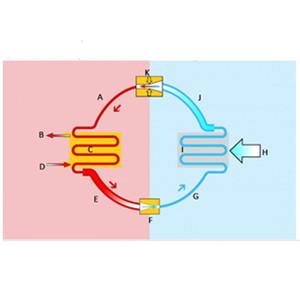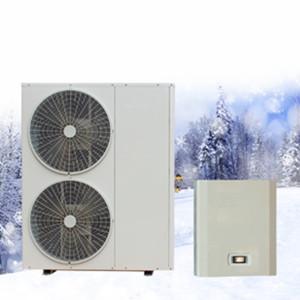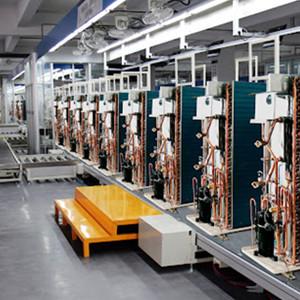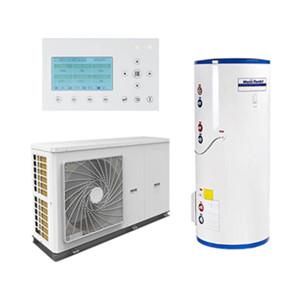Air Source Heat Pump Bigger Radiators
Since the advent of heat pumps, people have been concerned about the output temperatures they can achieve and wondering if heat pumps will work with their existing radiators. Of course, the short answer is yes.
Many of the consultants we work with have fairly outdated views on the possibilities of heat pump systems. They are told that you will need underfloor heating and a highly insulated home for the heat pump to work and pass this advice on to the homeowner at every opportunity. Usually this seems to be because they would rather sell you a fossil fuel boiler.
Traditional non-condensing fossil fuel heating systems are typically designed to operate at 60-65°C. Anything hotter than passing through your radiator can pose a burn risk. The heat pump we use is capable of outputting these temperatures, but a system that produces higher temperatures will be less efficient than one that operates around 40-45 o C. Our goal is to install a heat pump so that it can operate at peak efficiency to provide enough heat to your home. Fortunately, we can do both, as we often find that the existing radiators in the house are oversized.

If you already have a fossil fuel boiler with a radiator, you can do a simple test to prove how big your radiator is for a system running at 60 o C. Turn the heat on all the way and open any radiator valves that may be closed. Make sure all thermostats are turned on and wait a few hours. If the property gets too hot (and it will) then it stands to reason that you are putting too much heat into the building because your radiator is too big for that flow temperature. We tend to find oversized radiators installed to avoid having to do calculations to figure out what size they should be, because it's better to be safe than sorry. This is to your advantage if you are considering a heat pump.
Since heat sinks are oversized for high flow temperatures, they are almost always sized for lower flow temperatures. This fact, combined with a weather-compensated heating controller, means that the heat pump can deliver a constant flow of the correct temperature to your home based on the outside air temperature. For example, on a warm spring day, your home may only need a constant flow temperature of 25 o C to keep it at the desired 19 o C temperature. On a cooler day, the system might run 40 o C continuously through the radiator to keep the house at the desired 19 o C temperature.
So yes, it is true that a heat pump will work better at lower temperatures, but that's still enough to keep your radiator warm in your house.
If you would like to contact us for any further assistance or advice, please do not hesitate to contact us. You can leave your thoughts in the comments section below or get in touch via Instagram, Twitter or Facebook.





